Figures & data
Table 1 Regression equation of soil and microbial respiration and soil temperature (2008–2010).
Figure 1 Seasonal variations in soil temperature (a: 2 cm), soil volumetric moisture (b: 0–10 cm) and soil and microbial respiration (c) measured in fenced (G–, 2008–2010) and grazed grassland (G+, 2009–2010). The bars in (b) represent precipitation. CO2: carbon dioxide.
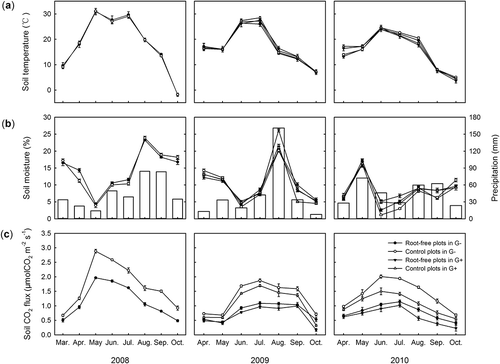
Figure 2 The relationship between soil respiration (SR) and microbial respiration (MR), and (a) soil temperature, and (b) soil moisture during the entire experiment. The open and black triangles indicate the data of SR and MR in the grazed grassland (G+); and open and black circles are data of SR and MR in the fenced grassland (G–). The solid line indicates the relationship between SR and soil temperature in G–; the medium dashed line shows the relationship between MR and soil temperature in G–; the long dashed line shows the relationship between SR and soil temperature in G+; and the short dashed line shows the relationship between MR and soil temperature in G+. CO2: carbon dioxide.
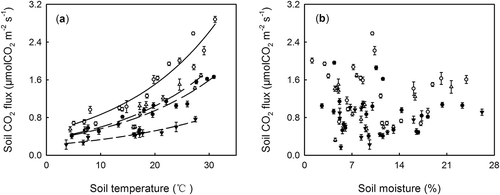
Figure 3 Seasonal variations of short-term Q10 (temperature sensitivity) values of soil respiration (SR) and microbial respiration (MR) in the fenced grassland (G–, 2008–2010) and grazed grassland (G+, 2009–2010).
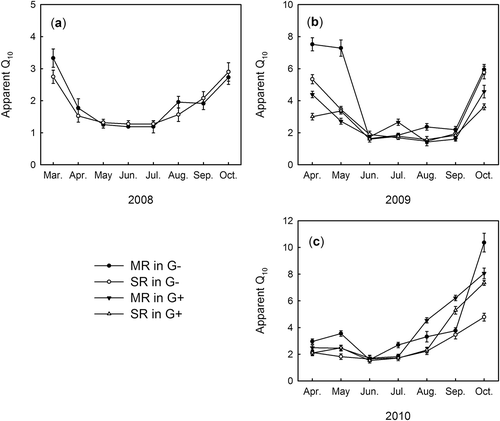
Figure 4 Relationships between short-term Q10 values and soil temperature (at 2 cm depth). (a) Q10 of microbial respiration (MR) in the fenced grassland (G–); (b) Q10 of soil respiration (SR) in G–; (c) Q10 of MR in the grazed grassland (G+); (d) Q10 of SR in G+.
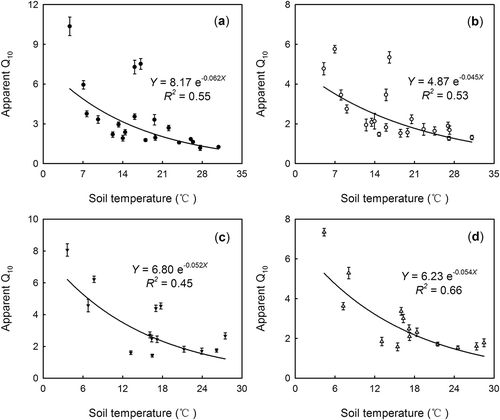
Figure 5 Relationships between short-term Q10 values and soil moisture (0–10 cm). Black circles: Q10 of microbial respiration (MR) in the fenced grassland (G–); open circles: Q10 of soil respiration (SR) in the fenced grassland (G–); black triangles: Q10 of microbial respiration in the grazed grassland (G+); open triangles: Q10 of soil respiration in the grazed grassland (G+).
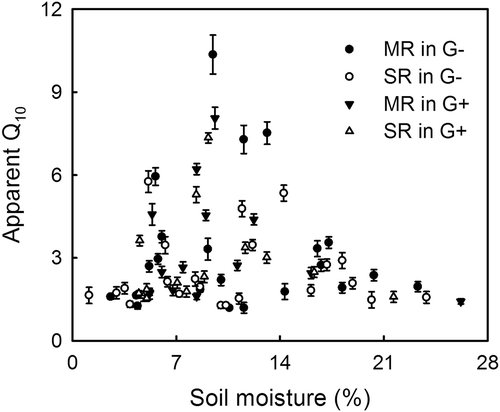
Table 2 Long-term apparent Q10 (temperature sensitivity) values and means of soil and microbial respiration, root biomass and soil organic carbon in the fenced and grazed grassland during the entire experimental period.
